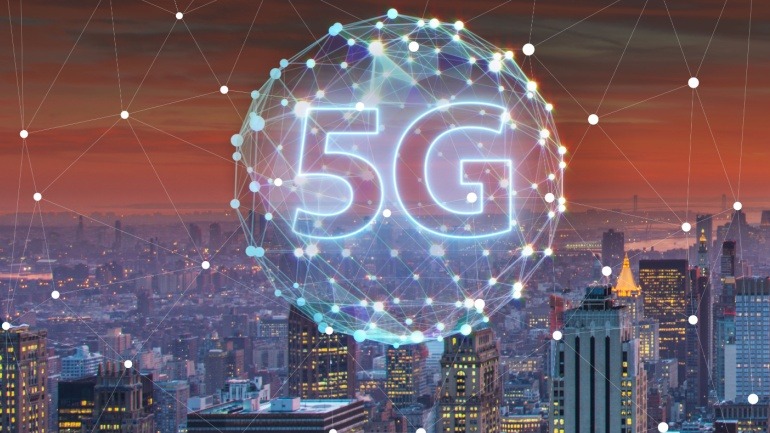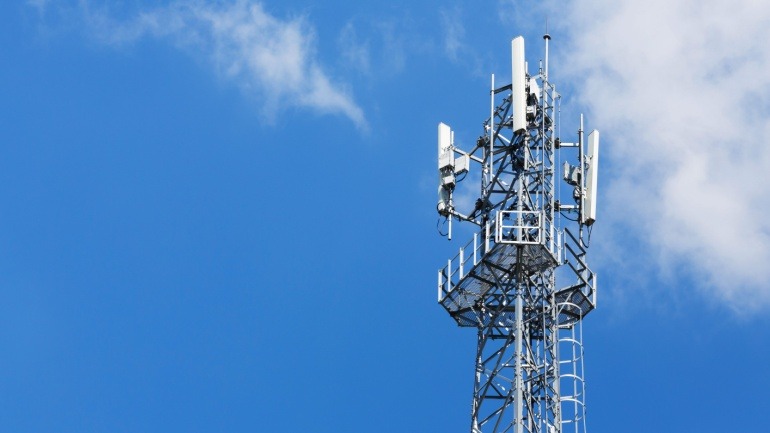MTN’s strategic partnership with China Telecom and Huawei leverages advanced technologies like 5G, IoT, and AI to enhance South Africa’s digital landscape. By prioritizing transformative services, this collaboration ensures improved connectivity and infrastructure.
Cisco’s partnership with Transatel revolutionizes secure 4G and 5G connectivity using eSIM technology. This seamless integration offers enterprises faster, scalable, and secure mobile branches with on-demand SD-WAN and edge computing for IoT.
BSNL’s 5G tender mandates local equipment, sparking dissatisfaction among giants like Ericsson and Nokia. This local focus aligns with BSNL’s 5G Standalone expansion strategy in New Delhi.
Hong Kong’s recent 5G spectrum auction achieved a massive HKD2.24 billion, spotlighting the government’s focus on telecommunications advancements. Key players like China Mobile Hong Kong and Hutchison Telecom secured vital frequencies.
Nokia strengthens its ties with Bharti Airtel through a multi-year agreement to enhance India’s 4G and 5G network. Utilizing Nokia’s innovative 5G AirScale portfolio and ReefShark technology, the collaboration seeks to modernize networks, improve data capacity, and promote sustainable telecom solutions.
Ericsson and FPT are collaborating to enhance the deployment of 5G technology and digital transformation in Vietnam. This partnership focuses on innovations in AI and aims to enhance digital infrastructure across key sectors like healthcare, manufacturing, and retail.
Ookla’s analysis of the iPhone 16 reveals improved 5G performance over its predecessors in several regions, including the U.S. and Canada, where speeds surpassed 324 Mbps. However, Samsung’s Galaxy S24 excelled in latency and upload speeds.
Ericsson and e& UAE’s partnership brings a 5G breakthrough with the advanced dual-band Massive MIMO radio, AIR 3229. This innovation enhances 5G services by boosting network capacity and eco-friendliness with reduced power consumption.
SoftBank and NVIDIA have made a breakthrough in AI-driven RAN technologies by successfully integrating AI with 5G networks, branding it as AI-RAN. This collaboration, highlighted during the NVIDIA AI Summit in Japan, promises to convert base stations into AI revenue assets.
Saudi Arabia’s telecom giant, KSA, is revolutionizing its 5G Standalone services by securing new spectrum within the 600 MHz band. This strategic move enhances 5G coverage and quality, facilitating seamless IoT and smart city applications.













